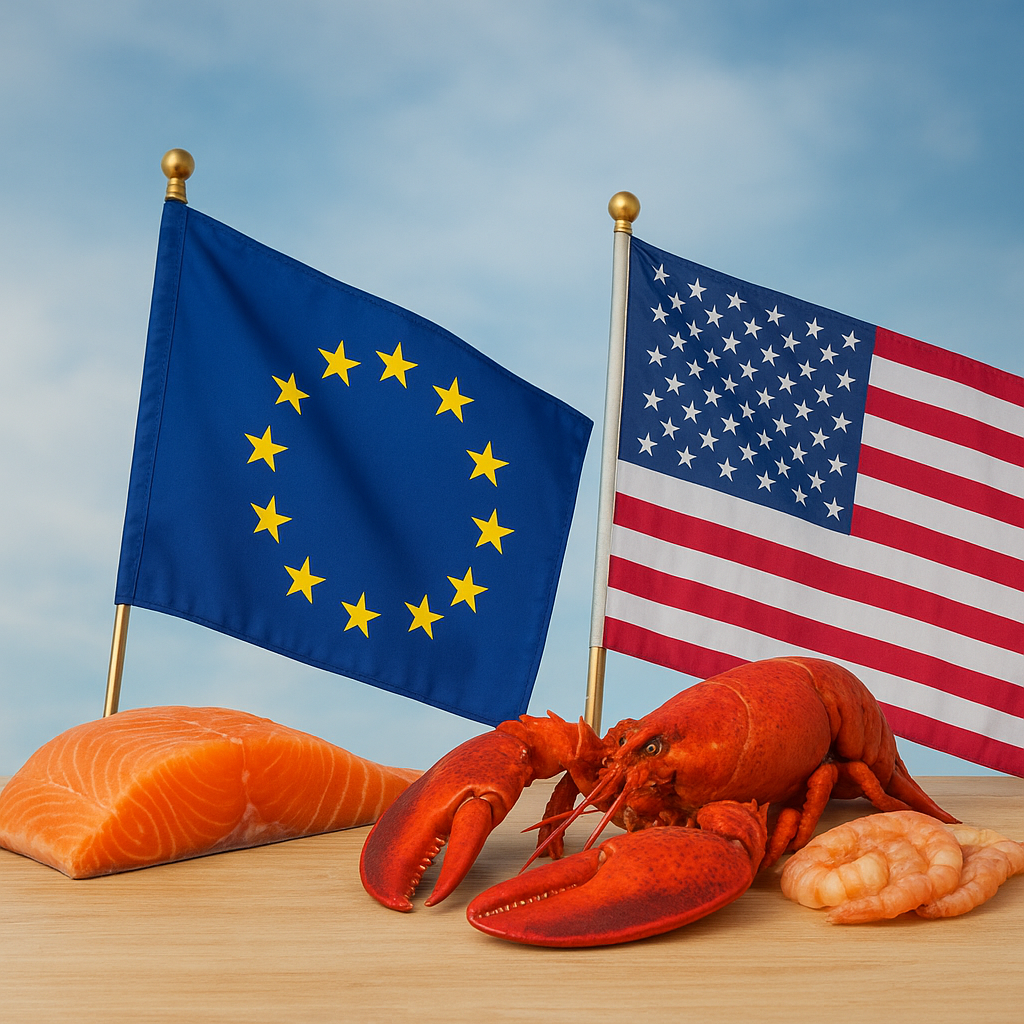EU Plans to Eliminate Tariffs on U.S. Industrial Goods, Eyes Preferential Access for Seafood and Farm Products
The Market Times | Business & Trade News
In a major step toward strengthening transatlantic trade ties, the European Union (EU) has announced its intention to remove tariffs on all U.S. industrial goods. The move is aimed at boosting trade volumes, enhancing competitiveness, and supporting closer economic cooperation between the two largest economies in the world.
According to officials familiar with the proposal, the EU also plans to offer preferential market access for U.S. seafood and certain agricultural products. This development comes as part of ongoing negotiations designed to rebalance trade relations and open new opportunities for exporters on both sides of the Atlantic.
What This Means for U.S. Exporters
The elimination of tariffs on industrial goods would benefit a wide range of American manufacturers, from machinery and chemicals to automotive and high-tech equipment. Currently, U.S. firms face varying tariff rates when selling into the EU’s 27-nation bloc, limiting their price competitiveness.
Seafood and agriculture are also set to gain. Industry experts believe that tariff reductions and preferential access could boost U.S. seafood exports like lobsters, crabs, and fish products, which have been struggling to regain market share in Europe after recent trade disruptions.
Why the EU Is Taking This Step
The decision is seen as part of a broader strategy by Brussels to diversify trade partnerships and reduce reliance on other major suppliers, while also addressing long-standing trade frictions with Washington. Analysts note that the initiative could pave the way for smoother negotiations on digital trade, energy, and climate-related cooperation.
Industry Reactions
U.S. Chamber of Commerce welcomed the move, calling it “a win-win for both economies that will create jobs, strengthen supply chains, and expand consumer choices.”
European business groups have also shown support, though some agricultural lobbies within the EU are urging caution to protect local farmers from increased competition.
What’s Next?
Trade experts say detailed discussions are still ongoing, and implementation may take months before formal agreements are signed. However, if successful, this deal could reshape U.S.–EU trade relations, which currently account for nearly $1.3 trillion in annual goods and services trade.

